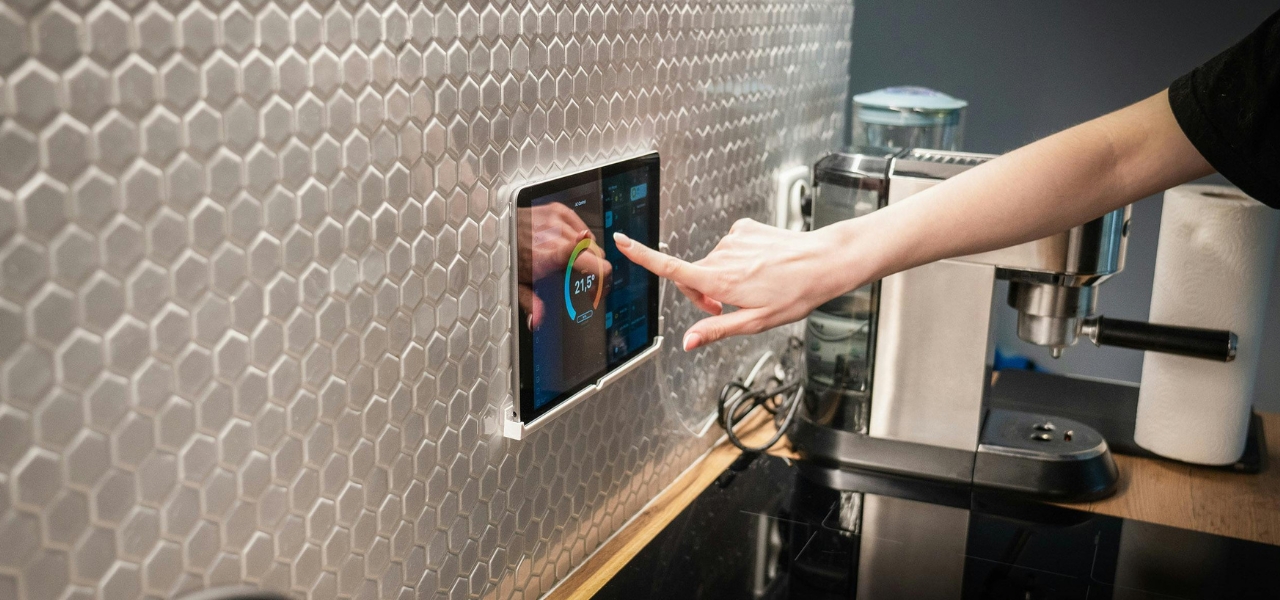The dream of a truly unified smart home – where devices from different brands seamlessly talk to each other regardless of your chosen ecosystem – felt like science fiction for years. Then came Matter, the ambitious standard backed by giants like Apple, Google, Amazon, Samsung, and countless others. Launched with fanfare, Matter promised to break down the walled gardens.
But here we are in early 2025. The initial hype has settled, and early adopters have put Matter through its paces. So, what’s the verdict? Is Matter delivering on its promise? This blog explores the real-world performance of the Matter protocol in 2025, highlights the persistent challenges, and offers guidance on building that unified smart home today.
What Matter Gets Right: The Foundation is Laid
Let’s be clear: Matter isn’t vaporware. It is making a difference.
- Easier Onboarding (Sometimes): For supported devices (primarily lights, plugs, switches, locks, basic sensors), the initial setup can be significantly smoother. Scanning a Matter QR code often allows adding a device to multiple platforms like Google Home, Apple Home, Alexa, and SmartThings with relative ease – a huge step up from juggling multiple brand-specific apps.
- Improved Local Control: Relying heavily on Wi-Fi and Thread (a low-power mesh network), Matter enables faster, more reliable local device control. Commands often execute quicker as they don’t always need a round trip to the cloud.
- Growing Device Selection: The number of Matter-certified devices continues to grow steadily. While not exhaustive, finding core smart home components like smart plugs and bulbs with the Matter logo is much easier now than a year ago.
Matter’s 2025 Report Card: Real-World Performance & Unification Status
In practice, Matter’s real-world performance is a mixed bag, leaning towards “promising but requires patience.” Basic functions on supported devices generally work reliably across ecosystems. You can control your Matter lightbulb from Apple Home even if you initially set it up via Google Home. This core interoperability is Matter’s biggest win so far.
However, the “truly unified” experience remains partially elusive. While basic on/off or color changes work, accessing advanced features specific to a device (like unique lighting effects or detailed energy monitoring) often still requires the manufacturer’s original app. Unification primarily applies to core functionalities defined within the current Matter specification.
Persistent Headaches: The Challenges of Matter Today
Despite progress, several Matter challenges prevent a perfectly seamless experience in 2025:
- Inconsistent Device Support & Features: The Matter spec is evolving. Crucial device categories like cameras, robot vacuums, and home appliances are still nascent or lack deep feature integration within the standard. You might find a Matter-certified lock, but specific features might only work via the vendor’s app or within certain ecosystems.
- Controller Complexity & Thread Border Routers: Not all Matter controllers (the hubs or speakers that manage your Matter network) are created equal. Some act as Thread Border Routers, essential for Matter-over-Thread devices. Performance, reliability, and the way they expose devices can vary between ecosystems (e.g., Google Nest Hub vs. Apple HomePod vs. Amazon Echo). Managing multiple controllers can sometimes introduce conflicts.
- Setup and Reliability Quirks: While often smoother, Matter setup issues persist. Devices can fail to commission, drop offline inexplicably, or become unresponsive after controller firmware updates. Troubleshooting often involves guesswork, resets, and consulting fragmented online advice.
- Firmware Update Dependency: Both your Matter devices and your Matter controllers/hubs need up-to-date firmware for optimal compatibility and security. Managing these updates across multiple brands can still be cumbersome.
- Bridging Non-Matter Devices: Integrating older Zigbee, Z-Wave, or Wi-Fi devices into your Matter setup often relies on bridges (like those from Philips Hue or Aqara), adding another layer of complexity and potential failure points.
Building a (More) Unified Smart Home with Matter in 2025: Practical Tips
So, how do you navigate this landscape?
- Choose Your Core Ecosystem(s): Decide which platforms (Apple Home, Google Home, Alexa, SmartThings) you primarily want to use. Ensure you have a reliable, up-to-date Matter controller/Thread Border Router for those ecosystems.
- Verify Compatibility: Before buying, check the specific device’s Matter compatibility and feature support within your chosen ecosystem. Don’t just rely on the Matter logo alone.
- Prioritize Thread: For low-power devices like sensors and locks, prefer Matter-over-Thread devices and ensure you have a robust Thread network with capable Border Routers.
- Start Simple: Begin with well-established Matter device types like smart plugs and lights to build confidence.
- Be Patient: Expect some troubleshooting. The ecosystem is still maturing.
Also read: Top 5 Groundbreaking Gadgets Unveiled at MWC 2025
The Future is (Still) Matter
Despite the hurdles, Matter remains the most promising path towards a truly interoperable smart home. Future updates to the specification will bring support for more device types and deeper feature integration. The industry is heavily invested, and improvements are constantly rolling out via firmware updates.
In 2025, Matter isn’t the perfect, frictionless solution initially envisioned, but it’s a significant improvement. It requires informed choices, patience, and realistic expectations. The foundation for a unified smart home is here, but we’re still building the house on top of it.
Tags:
IoT DevicesSmart Home DevicesAuthor - Jijo George
Jijo is an enthusiastic fresh voice in the blogging world, passionate about exploring and sharing insights on a variety of topics ranging from business to tech. He brings a unique perspective that blends academic knowledge with a curious and open-minded approach to life.
